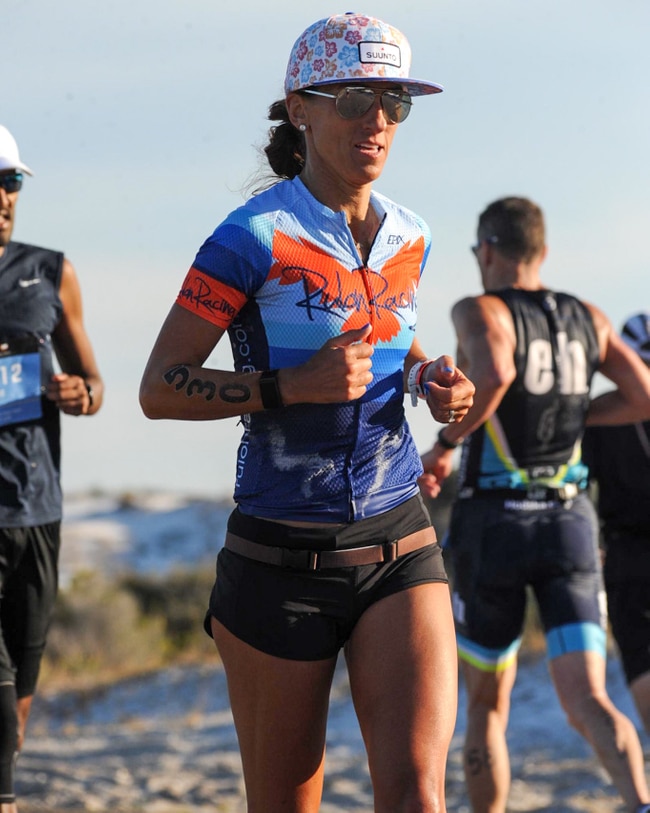
In the triathlon world, we know the basics: swim, bike, and run. But lately, there’s been increasing discussion about the role of strength training in triathlon performance.
A recent study published in the Journal of Applied Physiology examined two groups of endurance athletes: one performing high-weight, low-repetition strength training, and the other focusing on low-weight, high-repetition training. Both groups saw improvements in performance, but the key takeaway was clear: strength training enhances lean body mass, reduces fat mass, and strengthens muscle fibers—leading to overall improvements in athletic performance.

Strength training benefits go beyond aesthetics and heart health; it directly impacts sports performance. Specifically, it can help triathletes become faster runners by improving leg strength and enhancing the body’s efficiency in using energy and oxygen—otherwise known as Running Economy (RE).
Running Economy refers to how efficiently an athlete uses oxygen (VO2) at a given running speed. Studies in the Journal of Strength and Conditioning Research have shown that combining strength training with endurance training improves RE in cyclists, triathletes, and distance runners alike.
But RE isn’t just about oxygen efficiency. Strength training also improves:
While triathletes may worry about gaining excess muscle mass, research (Piacentini et al.) shows that a well-designed maximal strength training program over a limited time can increase RE without causing significant hypertrophy (muscle growth).

Incorporating strength training into your routine builds functional leg strength that’s specific to endurance sports—not the kind of bulky strength seen in bodybuilding. Here’s what it does:
Strength training is a game-changer for triathletes looking to get faster. By focusing on building lean muscle, improving RE, and increasing functional leg strength, you’ll enhance your running speed without unnecessary bulk.
So, if you want to speed up your step, don’t just swim, bike, and run—add strength training to your routine and experience the difference it makes in your performance.
Discover how to incorporate strength training into your triathlon routine with my 15-Week Strength Program. Whether you’re aiming to improve speed, efficiency, or overall performance, this program is designed specifically for triathletes.